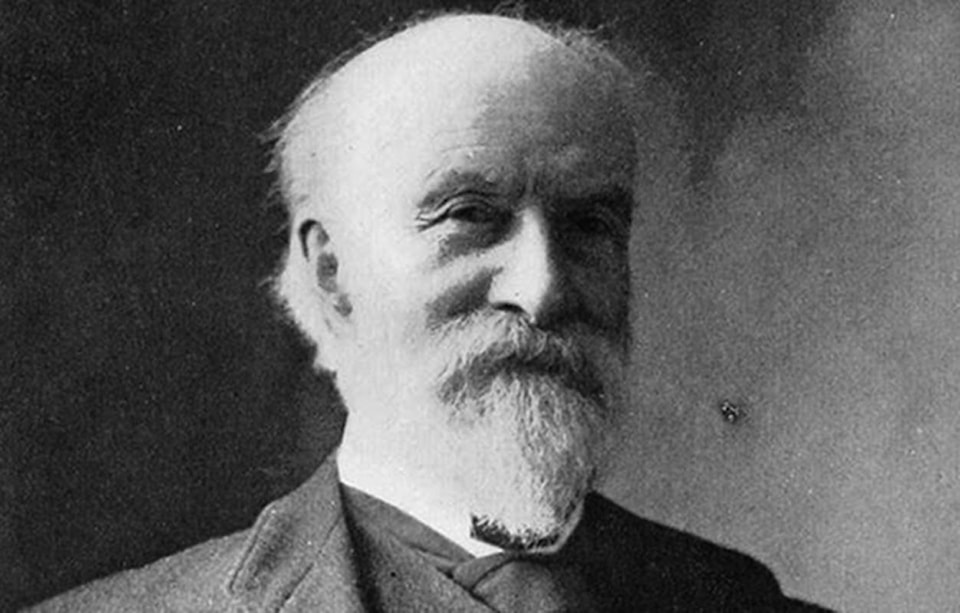For those of you who like to stay up late to witness the clock springing forward, this weekend is for you.
That’s right — as of 2 a.m., Sunday, March 14, Daylight Savings Time begins and the days will seem to last forever (so remember to turn your clocks ahead).
We all agree that the clock “springing forward” is psychologically more harsh than “falling back.” We lose an hour of sleep, which takes a full two seasons to catch up on.
But we are used to it by now — since 1952, anyway, when 53.6 per cent of British Columbians voted in favour of adopting Daylight Savings Time (Creston, our time-standing-still neighbour to the west, ignored the results of this plebescite).
Still, it hardly seems fair: B.C. has recently passed legislation outlining a plan to switch to “Pacific Standard Time.” This has since been put on hold because of the pandemic.
But even so, the new legislation wouldn’t even apply to us, here in the East Kootenay, labouring under the dictats of Mountain Time. So while the rest of “British California” puts an end to all this to’ing and fro’ing of the clock twice a year, we in the shadow of the Rocky Mountains are still subject to the whimsical, arbitrary, unnatural tyrannies of the damnéd clock — a human creation that we are now enslaved to (not to get too overwrought about it).
Perhaps it’s our own fault. We kept voting for Daylight Savings Time in plebescites. And when we finally got around to voting against it (in 2019), we in the East Kootenay will have to keep moving the clocks back and forth while the rest of the province can put it all in the past — like a bad dream they had while getting that extra hour sleep in the Fall, when the clocks “fell back.” (That will be on November 1 — I say start preparing for that now.)
By the way, Canada’s six time zones, and the East Kootenay’s placement in the Mountain Zone, are based on proposals by Scottish Canadian railway engineer Sir Sandford Fleming, who helped pioneer the world’s time zone system.
British Columbia’s clocks first sprang forward on April 14, 1918, with the national Daylight Savings Time Act. The act was allowed to lapse after World War I, re-legislated for World War II, then left up to the provinces after the war — hence the Plebescite of ‘52, ignored by Creston.
In the democratic year of ‘72, another poll was held for the folks of the East Kootenay (including Creston) and the Peace district, asking everyone if they wanted to switch to the Pacific Time Zone. In Kootenay East the No’s took it 2,842 to 1,779 (the vote in Creston was a tie. Leo Nimsick was also returned as the NDP MLA in the concurrent provincial election).
In 2007, B.C. switched the time change to the second Sunday in March, to keep aligned with changes in the U.S. It’s estimated B.C. has saved pennies a day in power usage with this move.
And in 2014, Ron Toyota, Mayor of Creston, blue-skied the idea of another time referendum to get Creston in line with everybody else. The idea didn’t really get off the ground; everyone knew it was doomed to failure.
And of course, most recently, a 2019 survey found that most British Columbians favoured legislation that would allow us — most of us — to observe Daylight Savings Time permanently. But as mentioned above, one doesn’t give something up to our powerful Clock overlord and then take it away so easily.
So here’s to waking up groggy on Sunday morning, and staying that way until November 1.
Barry Coulter is the Editor of the Cranbrook Townsman and East Kootenay Advertiser
